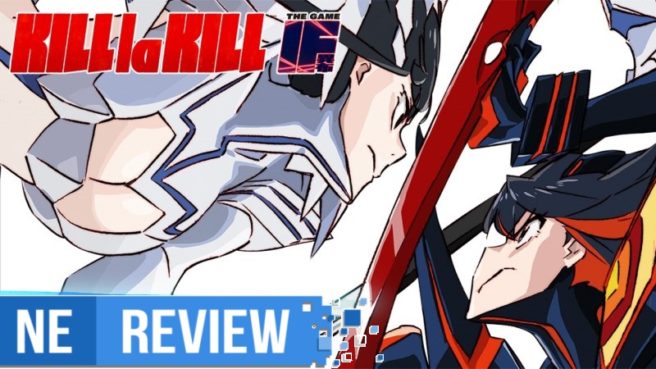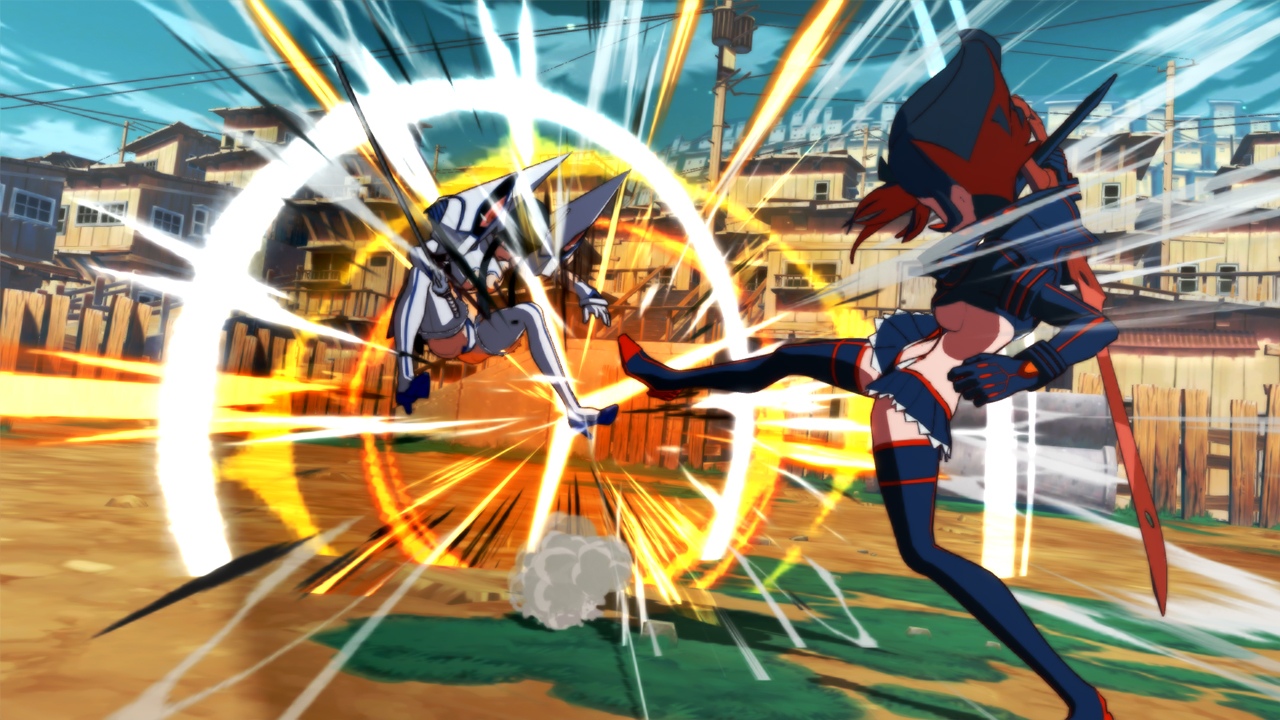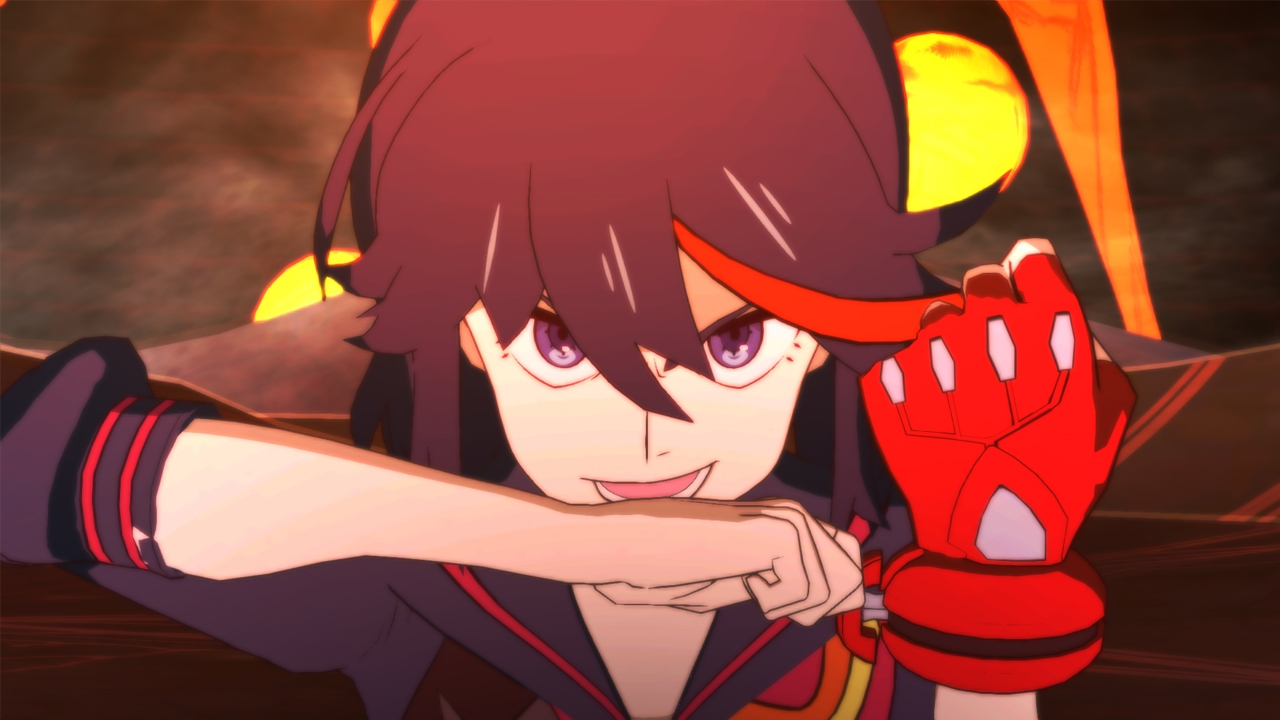[Review] Kill la Kill: IF
System: Switch
Release date: July 26, 2019
Developer: Aplus Games
Publisher: Arc System Works / PQube
Not many anime are as equally popular and controversial as Kill la Kill. Since its debut back in 2013, the show has been lauded for its unparalleled sense of style, humor, and intense action. On the other hand, it has also been criticized for its depiction of female characters and its inconsistent storytelling. Such factors should make adapting it into a video game an intimidating process. Yet famed publisher Arc System Works has stepped up to the plate, collaborating with developer Aplus to bring the anime to life in a new fighting game, entitled Kill la Kill: IF. Better yet, the show’s original creators, Studio Trigger, have overseen the game’s creation. Now the question remains: with such pedigree behind its creation, can the game keep from losing its way?
Kill la Kill: IF immediately sets itself apart from Arc System Work’s other fighting games. For one thing, it is a fully 3D arena brawler, rather than the traditional 2D fighter that Arc System is known for. Likewise, it has none of the complex combos and button inputs required by many popular fighting games; instead, every character has the same simple set of controls. Each fighter has three general moves – a close-range, long-range, and shield-breaking attack. On top of this, they are all given basic abilities like jumping, dashing, and blocking.
There is only one wrinkle of complexity thrown into the mix – the “Bloody Valor” ability, in which two fighters charge at each other and have the choice of mocking, taunting, or provoking their opponent. It’s effectively a game of Rock, Paper, Scissors, where mock beats taunt, taunt beats provoke, and so on. It can be fun to execute against human players, since, just like actual RPS, it involves guessing the player’s next move and reading their body language. However, it’s frustratingly random against computer opponents; after all, it’s fairly difficult to decipher a computer’s body language.
All that said, combat may sound excessively basic on the surface. After all, where’s the fun in a fighting game without dozens of combos and inputs to learn? Yet this simplicity allows for an impressive range of flexibility. It can be compared to something like Super Smash Bros., in which the individual attacks may be simple, but can be elegantly strung together into extravagant combos through quick thinking and smart directional input. Kill la Kill’s easy controls allow one move to flow seamlessly into the next, leading to fights that are just as fast and fluid as those in the anime. Like Smash Bros., it can be easy to pour many hours into simply experimenting with different sequences of attacks to build up the flashiest combos for every character. Whether you’re playing against a computer or another player in the same room, the battle experience is equally engaging and spectacular. That being said, there is no local wireless multiplayer, which is a shame.
With only eight unique characters (ten if you count two alternate versions of Satsuki and Ryuko as individual fighters), the roster can feel a bit too small at first glance. However, Aplus has certainly made the best of this focused lineup. The characters all feel remarkably distinct from one another, with each of them featuring a unique move set that feels tailor made to their personality and history in the anime.
There’s a few obvious examples of this – Gamagoori gains strength by harming himself, Nui Harime creates psychotic duplicates of herself, and Satsuki even begins each match by dramatically clicking her heels, to name only a few. Better yet, the entire roster feels balanced. Although I did end up having my own favorites among the lineup, each character has their own specific strengths and advantages, to the point that I can see every one of them being viable in combat.
That’s not to mention the smaller details. Aplus has clearly put significant effort into packing each fighter with references to their appearances in the anime – and with no censorship to speak of, it can often feel as if they simply stepped out of an episode of the show into the game. Also, as with other popular fighting games like Mortal Kombat 11, every character has a unique dialogue exchange depending on who they’re facing before each fight. Plus, Arc System has already confirmed future free DLC fighters, so if your favorite character isn’t already in the roster (*ahem* Mako *ahem*), you hopefully won’t have long to wait.
It’s a shame that the stages themselves don’t match the creativity and uniqueness of the characters. There’s only six of them, and they’re all effectively the same, with nothing but different color schemes and aesthetics to set them apart. Considering the sheer number of memorable environments from the anime, it’s a bit disappointing. Areas like the boxing ring, tennis court, S. S. Naked Sun, or other iconic locales would have been much appreciated.


